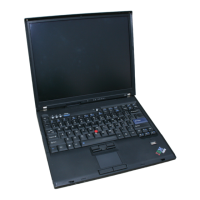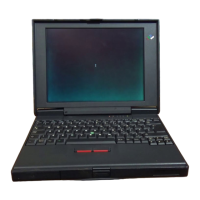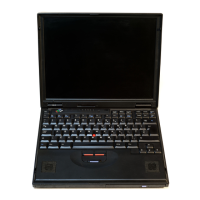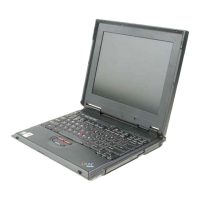(
(
(
char-con
: char-exp
[char-conJ
[I
~~
{
arith-exp }
• TAB (exp)
{
.}
[{arith-exp
}'
[{
arith-ex
p
}]
PRINT
[fileref.l,
char-exp
TAB (exp)
; char-exp
TAB (exp)
PRINT
The PRINT statement causes
the
values
of
specified scalar expressions
to
be displayed
on
the
display screen. printed by
the
printer.
or
written
to
a file. When using
the
PRINT statement.
the
format
of
all displayed values
is
standardized,
but
the
spacing
between values on
the
same line can be controlled.
The syntax
of
the
PRINT statement
is
as shown:
char-con
[I
'B
{arith-exp
}
. char-exp
• TAB (exp)
{
,}
[{arith,-exP
}'
; char-exp
TAB (exp)
[j
arith-ex
p
}]
PRINT
[file ref.) char-exp
TAB (exp)
[char-conJ
where:
file
ref
is
FLP (printer) or
FLO
to
FL9 (logical file). This entry
is
optional.
FLO
to
FL9 must have been previously opened
in
an OPEN statement.
exp are arithmetic
or
character expressions
to
be displayed
or
printed. Expressions
can be separated by a comma
or
semicolon. You can control spacing
of
the
displayed
or
printed expressions by inserting commas
or
semicolons between
the expressions (see
TAB Function). Expressions can be arithmetic
or
character
(character constants must be enclosed
in
single quotation marks). With no
expressions specified, the PRINT statement can be used
to
complete
the
dis-
playing or printing
of
a pending line or insert a blank line.
When a PRINT statement
is
executed, the value
of
each specified expression
is
converted
to
the
appropriate
output
format
as
described under
Print
Zones, and
displayed
or
printed
in
a left-to-right sequence
in
the
order in which it appears
in
the PRINT statement.
89

